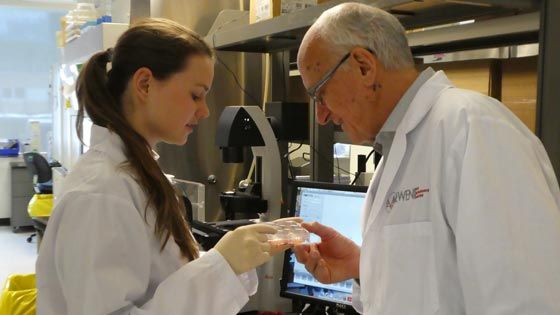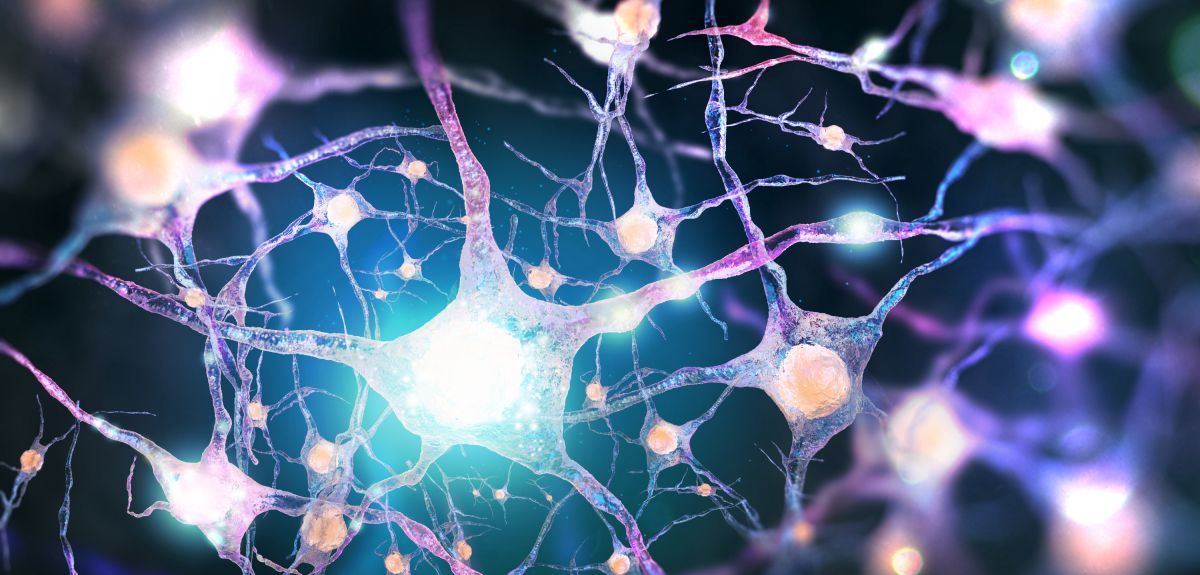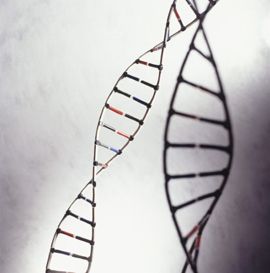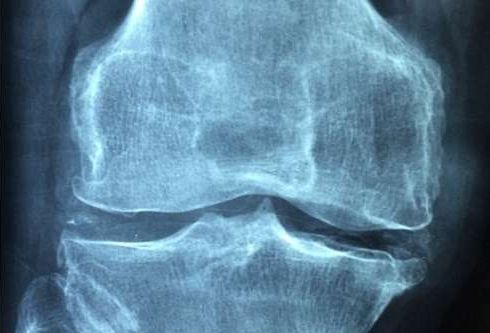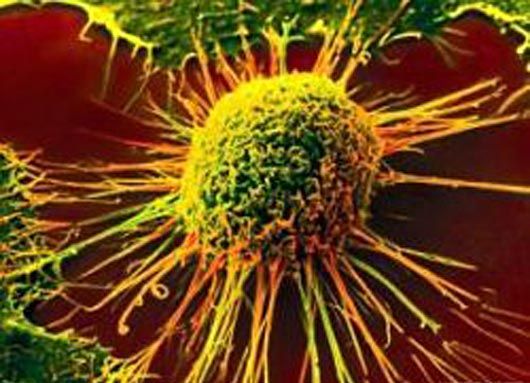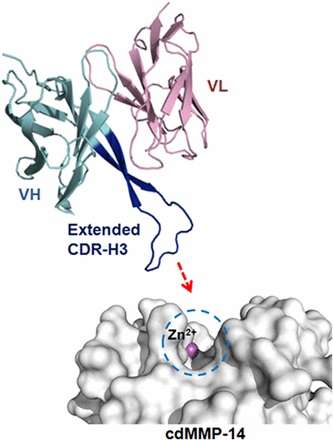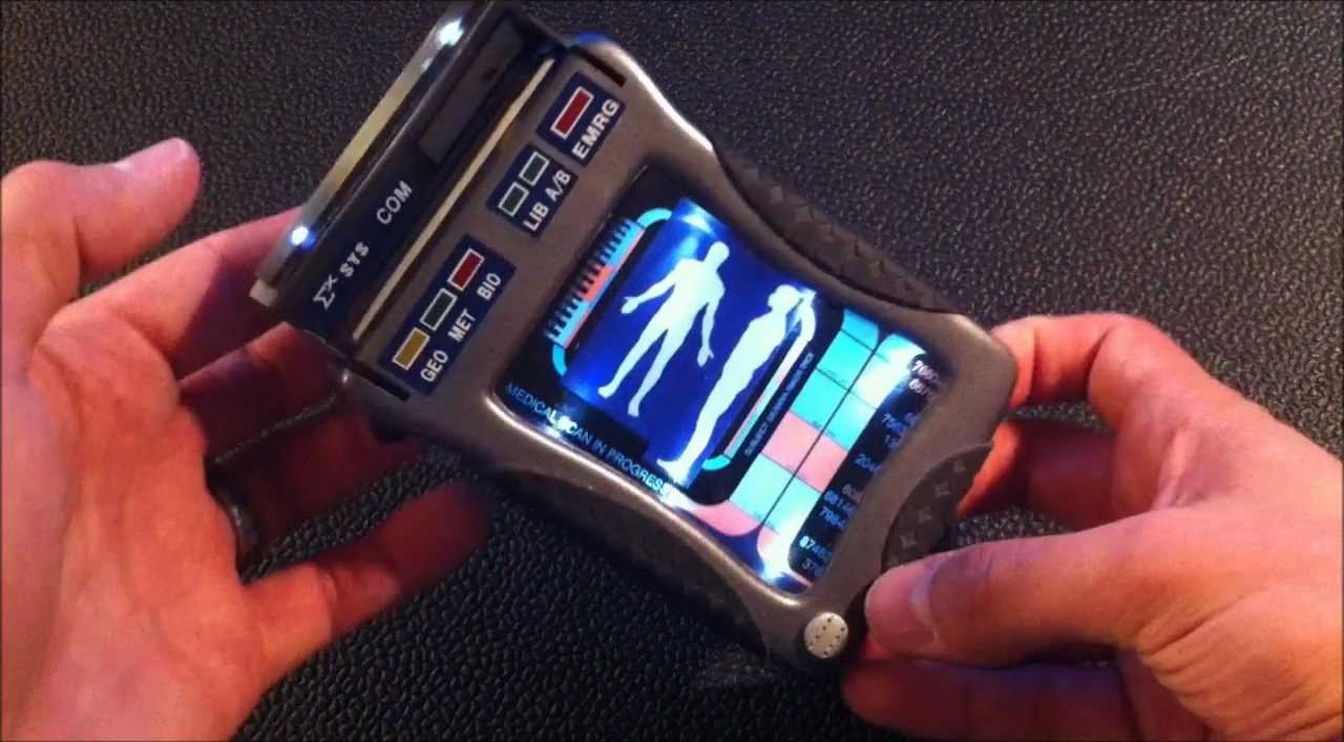Dec 19, 2016
Scientists produce functional heart pacemaker cells
Posted by Steve Hill in categories: biotech/medical, engineering, health, life extension
Tissue engineering and Stem cells are a large part of the rejuvenation biotechnology toolkit. Here we have yet more progress and this time the pacemaker cells are replicated for possible use in biological pacemaker therapies.
“Scientists from the McEwen Centre for Regenerative Medicine, University Health Network, have developed the first functional pacemaker cells from human stem cells, paving the way for alternate, biological pacemaker therapy.”
